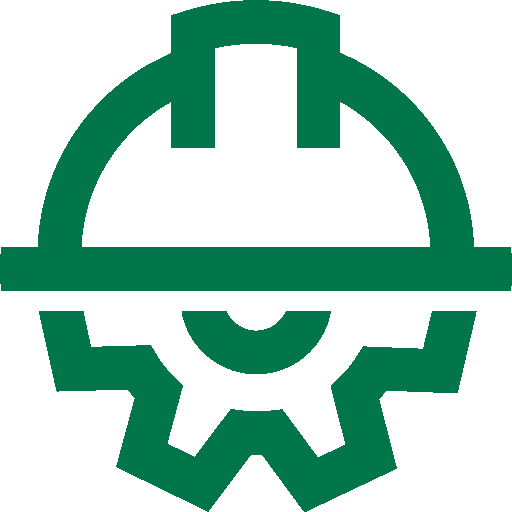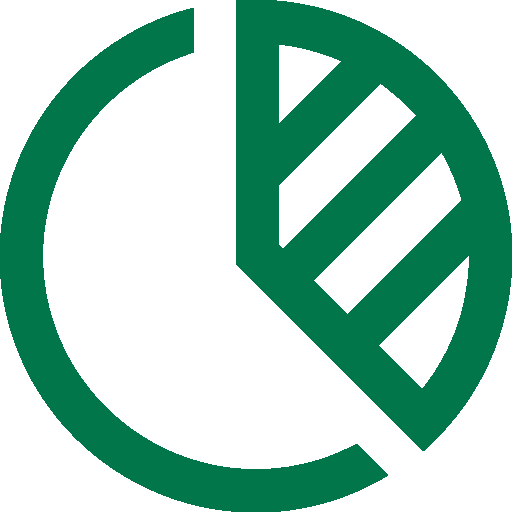Get a quick quote with our pricing calculator
How CRM drives new revenue opportunities for manufacturers
There has never been a greater need for manufacturers to find new revenue opportunities. The COVID-19 pandemic has presented fresh challenges to a sector that was already braced for a post-Brexit fall in export orders.
Output has plunged to its lowest level in 30 years, just over 10% of companies are operating at full capacity, and the industry is forecast to contract by almost 10% in 2020. A June 2020 report from Make UK and Santander predicts that it will take until 2022 for manufacturing to recover to its pre-COVID-19 growth track.
Yet, these overall figures mask wide variations within the sector. While many manufacturers are struggling, others are thriving. Typically, these are the firms that are investing in technology to become more efficient, to focus more closely on customers and profit, and to open up new revenue opportunities.
In many cases, new business opportunities are coming from unexpected sources. Take customer support. Traditionally, manufacturers have seen this as a cost. After-sales was often an after-thought and commonly outsourced to a 3rd party. In recent years, the industry has shifted its view on this, with most manufacturers now recognising that high-quality aftercare is a means of competitive differentiation as well as a route to improved customer loyalty and a more sustainable product offering.
A growing number are going a step further and finding ways to drive revenue by selling their own after sales services. Known as servitisation, this approach is transforming the business models and fortunes of a growing number of manufacturers.
However, to be successful in creating a services-based revenue stream, it’s critical that you get to know your customers extremely well. It’s also a priority to ensure that each of your customer facing teams can share real-time access to customer accounts.
Servitisation can take many forms. Beyond scheduling and performing maintenance and monitoring the equipment that they sell, manufacturers are re-thinking their approach and delivering enhanced service component in tandem to their traditional products – providing added value to customers, securing orders and boosting profitability. Fundamentally, taking steps towards servitsation requires a deep understanding of your customers. You’ll need to know who your customers are. You’ll need detailed insights on your customer lifecycle, how they are using your products and what would add value to them. Gaining these insights is the key to understanding where you could provide built-in, ongoing service which can drive extra revenue; without customer insights, servitisation and the new revenue streams it promises remains a distant ambition.
Technology plays a critical role in gathering this insight. For the most advanced players this is the IoT – tracking the location and use of products in order to predict future need – and AI – using algorithms to interrogate a large amount of data on product use to again predict future use. However, for all manufacturers servitisation depends on a solid understanding of customers, and this requires a CRM platform.
CRM gives manufacturers a clear way to view sales, marketing and customer support information about their customers, enabling them to track every interaction. This insight allows them to help those customers use their products more fully, to create products and services that customers need and want, and to be more proactive in offering those products in the future. It is the foundation of servitisation and of additional revenue streams.
Manufacturers are facing almost unprecedented challenges. But they also have access to an unprecedented range of technologies to help them thrive. The manufacturers that seize this opportunity today will, in the months and years ahead, be best placed not only to better serve their customers but also build resilience for whatever new challenges lie ahead.









